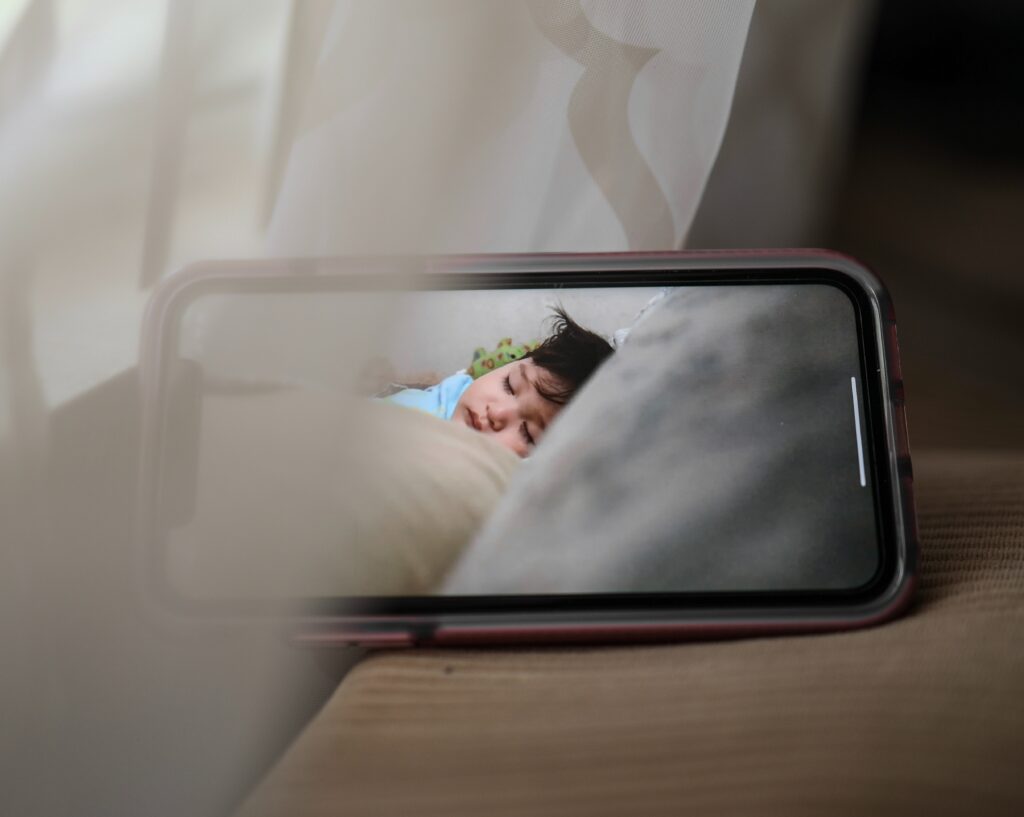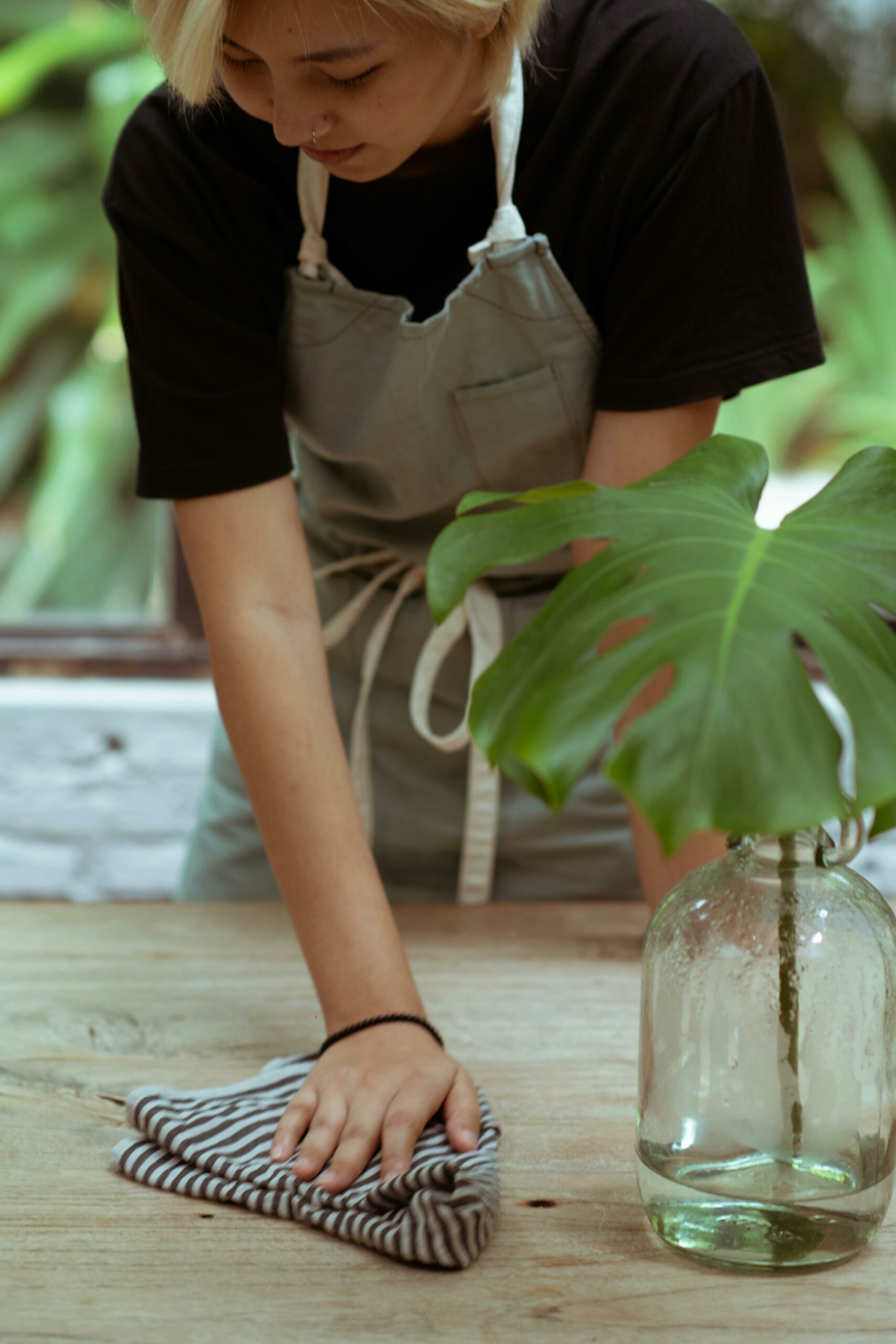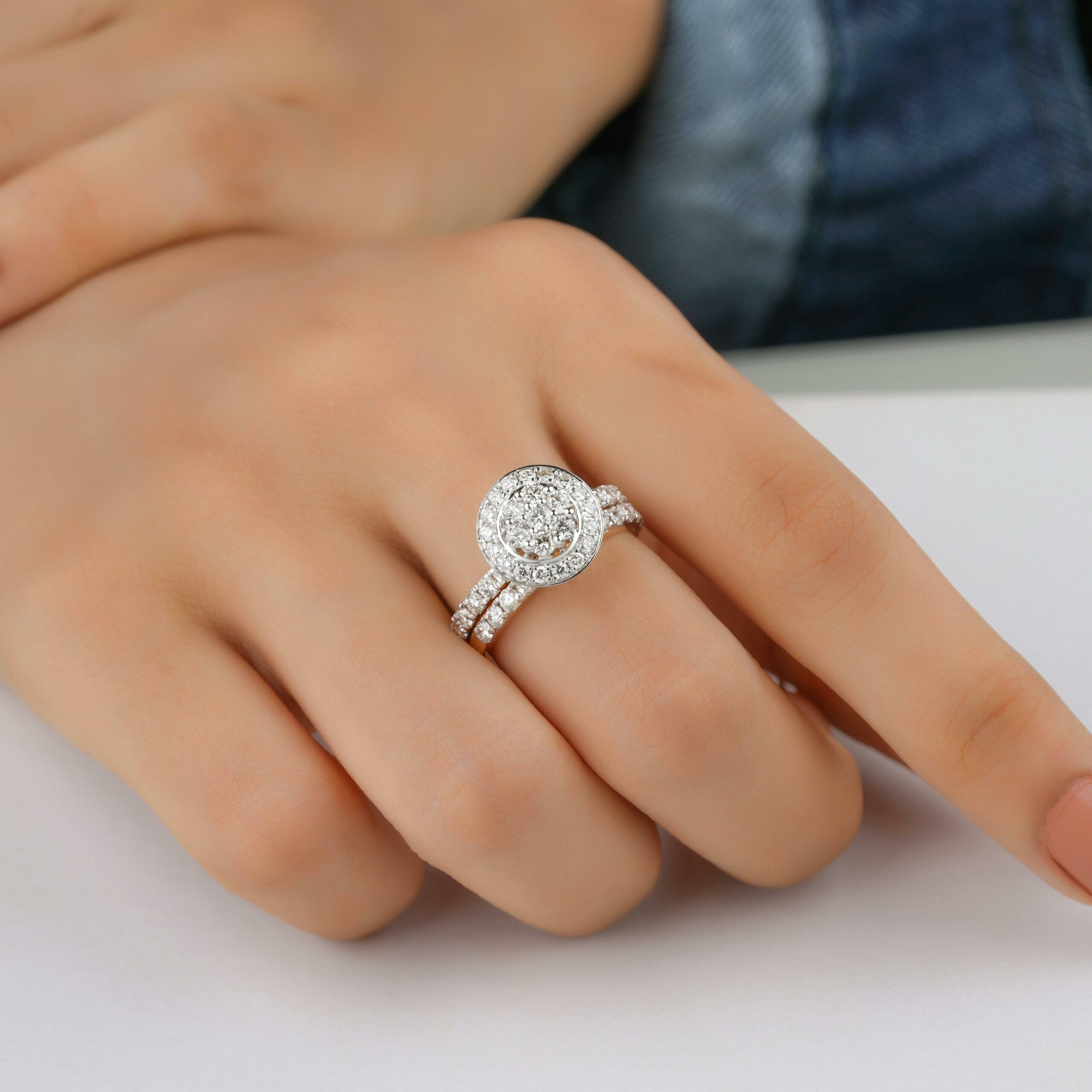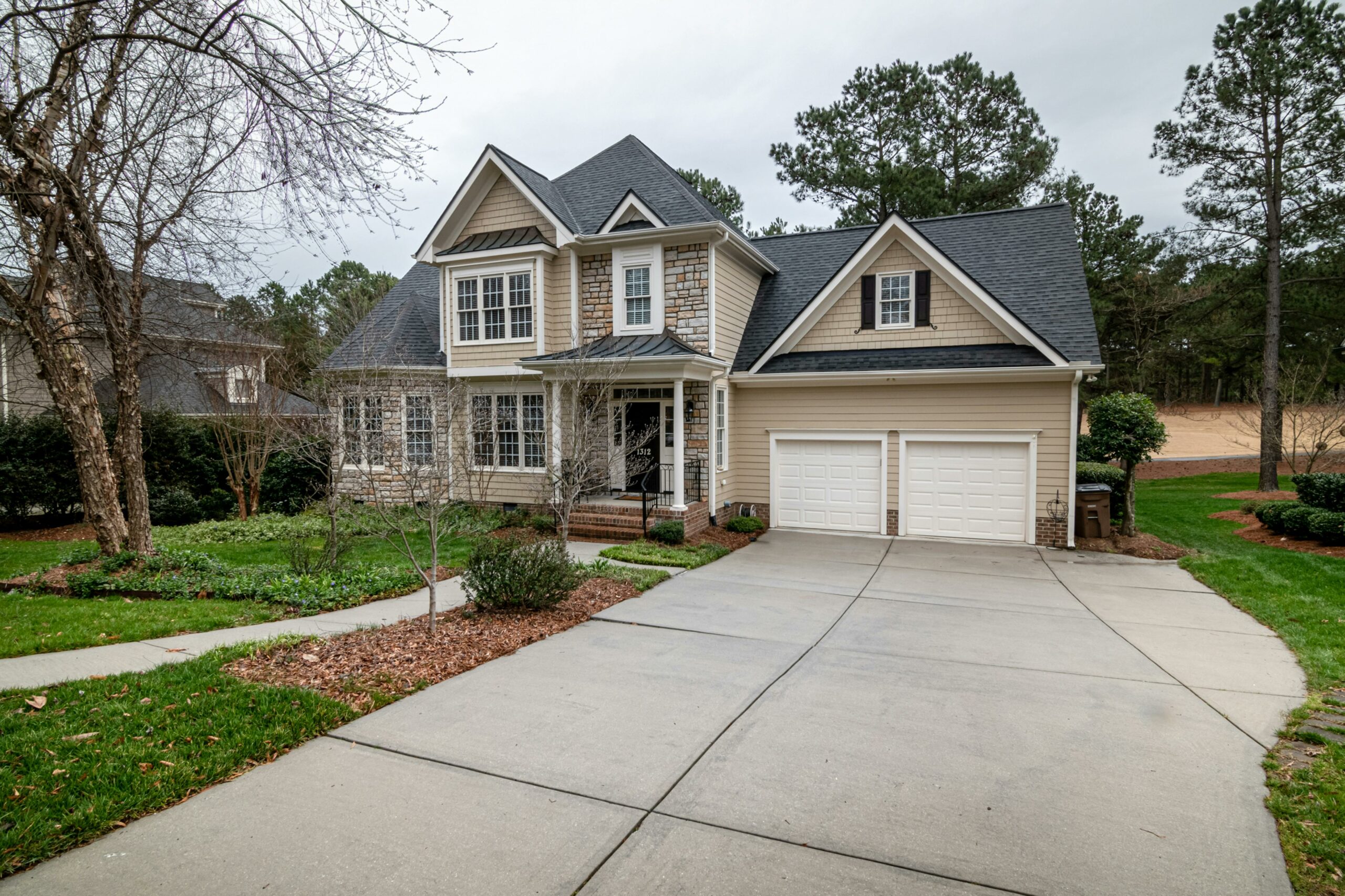It’s a startling statistic: According to the CDC, in the U.S., about one-third of accidental injuries seen in emergency departments involve children under 1 year of age, with the majority of these injuries happening at home.
As we observe National Safety Month this June, its advocacy shouldn’t stop at the workplace – accidents can happen anywhere, to anyone, even to your little one in the perceived safety of your own home.
Your baby’s safety is paramount, a priority that should persist throughout the year, not just during National Safety Month. This commitment to safety begins right at home. As you prepare to welcome your little one, you must cultivate an environment that both stimulates your baby’s growth and curiosity and safeguards their well-being.
This involves pinpointing potential hazards that may pose a risk to our small (mis)adventurers and taking definitive steps to mitigate these risks.
So, what measures can be adopted to ensure your baby’s safety within the home?

Identifying Household Risks for Babies
Many parents might underestimate the risks ordinary household items can pose for their crawling or toddling babies. Sharp objects, hazardous materials, unsecured furniture, slips, and falls—these dangers can lurk around any corner.
The reality is nobody’s perfect, and accidents will happen no matter your best efforts. It’s a part of parenthood, and it’s a part of how any baby learns about the world. But with the right precautions, most hazards can be largely mitigated.
As we delve into this room-by-room guide to baby-proofing your home, we’ll explore how to create a safer environment for your baby, one room at a time.
Nursery
The nursery is your baby’s home base—it should be a safe and secure haven. Starting with furniture, make sure all are sturdy and secure to prevent tipping, especially as your baby grows and starts to explore.
While it may be tempting to shower your little one with all the toys to keep them stimulated and happy, it’s best to keep it to a manageable number. Less is more—too many toys in a crib or playpen can pose a suffocation risk.
When it comes to sleep, maintaining a safe environment is vital. Always use a firm mattress and keep the crib free of loose bedding and soft toys. It’s essential to remember to place your baby on their back to sleep, reducing the risk of Sudden Infant Death Syndrome (SIDS).
For that extra layer of safety and peace of mind, a tool like a baby monitor can be of immense help in the nursery.
When choosing a monitor, you want one that comes with clear audio and video for monitoring your child’s entire environment. Momcozy’s baby monitor, for example, provides the highest resolution for non-wifi monitors, ensuring clear visuals of your baby at all times.
Plus, being a non-wifi monitor, it’s safe from potential digital breaches, a feature that offers an additional layer of security and peace of mind.
Kitchen
The kitchen, a hub of activity, can be a minefield of potential dangers for your little one. Cleaning products and sharp objects like knives or peelers should be stored out of reach or secured in locked cabinets.
As your baby grows older, you’ll soon discover their relentless curiosity to explore every cabinet and drawer in your kitchen. At this stage, child-proof locks become an absolute necessity.
During cooking, use the back burners and ensure pot handles are turned inward. These simple adjustments can significantly reduce the risk of accidental spills and burns.
Living Room
The living room, another area of high activity, requires its own set of precautions. As babies love grabbing and climbing on anything and everything, start by securing all heavy furniture, like bookcases and television stands, to the wall.
Electronic equipment should be kept out of reach, and cords should not be left dangling, as babies could pull them, leading to potential accidents. Consider investing in cord organizers or covers to keep them out of sight and reach.
Bathroom
The bathroom, while perhaps not a primary area for babies, can still hold potential risks. Non-slip mats in the bathtub and on the bathroom floor can help prevent slips and falls.
Always test bath water temperature before placing your baby in the tub, reducing the risk of burns. A water thermometer can be a handy tool for this task.
Baby Safety Requires Unwavering Diligence
The task of baby-proofing is a continuous process that extends well beyond physical modifications to the home. It’s about developing a safety-first mindset and adapting to your baby’s growth and their ever-evolving needs.
Armed with the knowledge learned in this article alongside tools like Momcozy’s baby monitor, ensuring your little one’s constant safety doesn’t need to be such a tall order. During this National Safety Month (6/1-6/30), readers can input the discount code “SAFETY20” on Momcozy’s website or “MCSAFETY20” on Amazon for a 20% discount.
While it’s impossible to remove every potential hazard, by baby-proofing effectively and staying vigilant, you can significantly reduce the risk of home accidents. Remember, supervision is paramount—nothing can replace the watchful eye of a caregiver.
By combining close attention with a thoroughly baby-proofed home, you can offer your little one a safe and nurturing environment.
After all, creating a safe home is the first step towards a journey filled with fun, growth, and wonderful memories.





